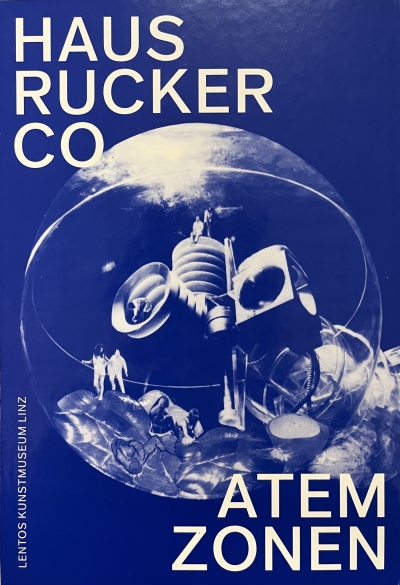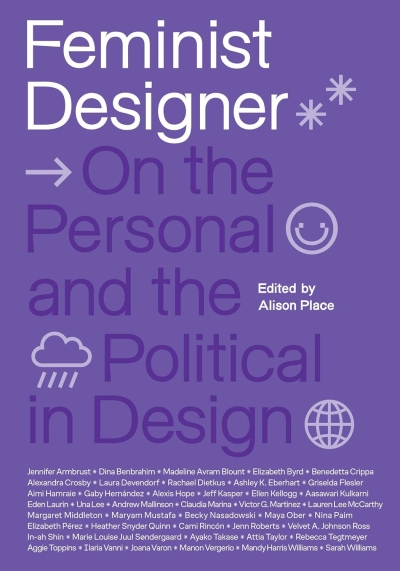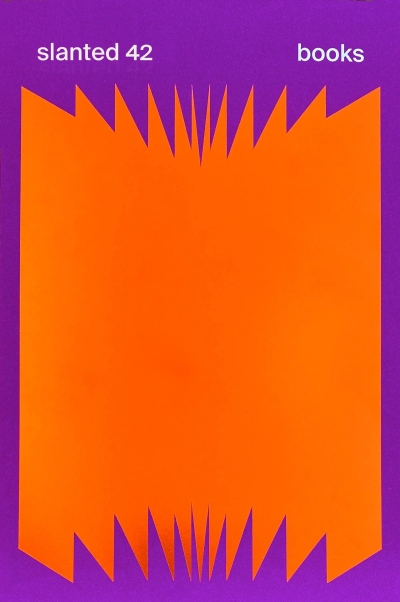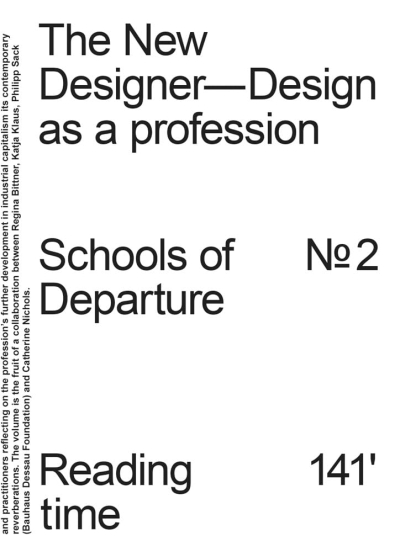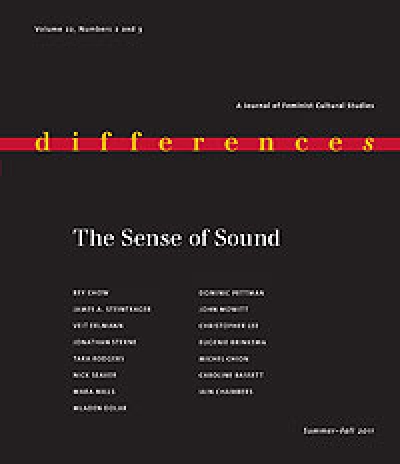
The Sense of Sound
A special issue of: differences: A Journal of Feminist Cultural Studies, Volume: 22, Issue: 2/3
Sound has given rise to many rich theoretical reflections, but when compared to the study of images, the study of sound continues to be marginalized. How is the “sense” of sound constituted and elaborated linguistically, textually, technologically, phenomenologically, and geologically, as well as acoustically? How is sound grasped as an object? Considering sound both within and beyond the scope of the human senses, contributors from literature, film, music, philosophy, anthropology, media and communication, and science and technology studies address topics that range from Descartes’s resonant subject to the gendering of hearing physiology in the nineteenth century, Cold War politics and the opera Nixon in China, sounds from the Mediterranean, the poetics of signal processing, and the acousmatic voice in the age of MP3s. In the interpretive challenges posed by voice, noise, antinoise, whispering, near inaudibility, and silence and in the frequent noncoincidence of emission and reception, sound confronts us with what might be called its inhuman qualities—its irreducibility to meaning, to communication, to information, and even to recognition and identification.
Rey Chow is Anne Firor Scott Professor of Literature at Duke University. She is the author of The Age of the World Target and Modern Chinese Literary and Cultural Studies in the Age of Theory, both published by Duke University Press.
James A. Steintrager is Professor and Chair of English at the University of California, Irvine.
Contributors: Caroline Bassett, Eugenie Brinkema, Iain Chambers, Michel Chion, Rey Chow, Mladen Dolar, Veit Erlmann, Evan Johnson, Christopher Lee, Mara Mills, John Mowitt, Dominic Pettman, Tara Rodgers, Nicholas Seaver, James A. Steintrager, Jonathan Sterne,























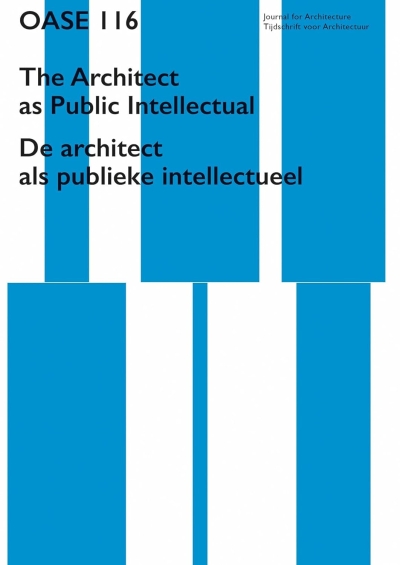









![Attending [to] Futures Cover](/sites/default/files/styles/400/public/media/coverbilder/9667928300001A.jpg?itok=rApLfGZY)












































